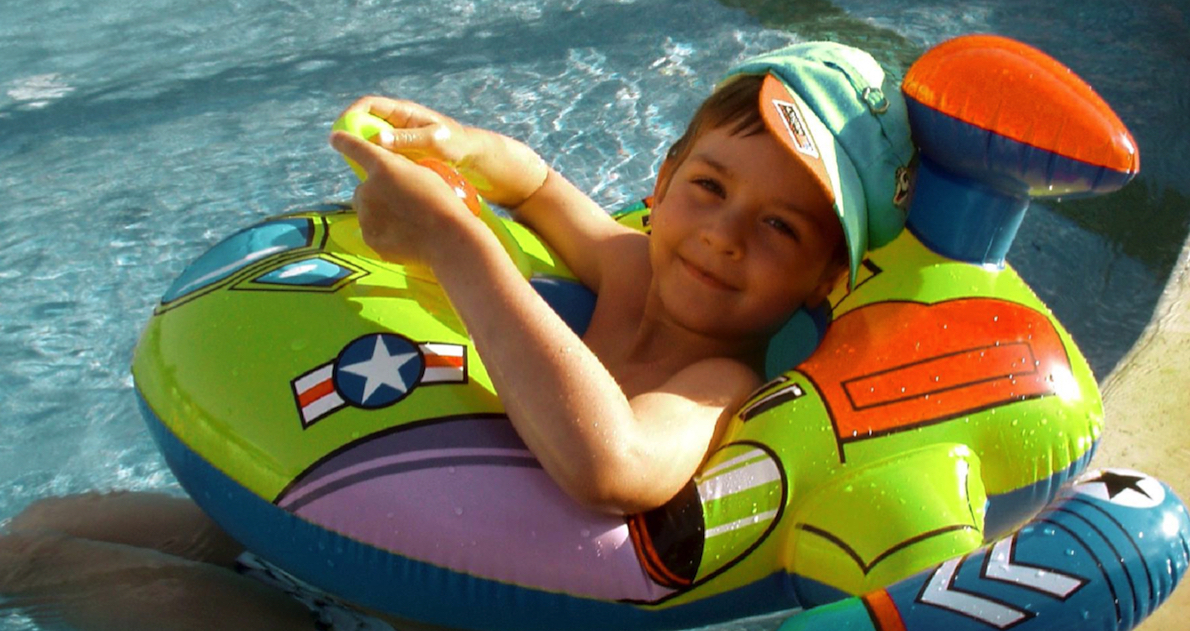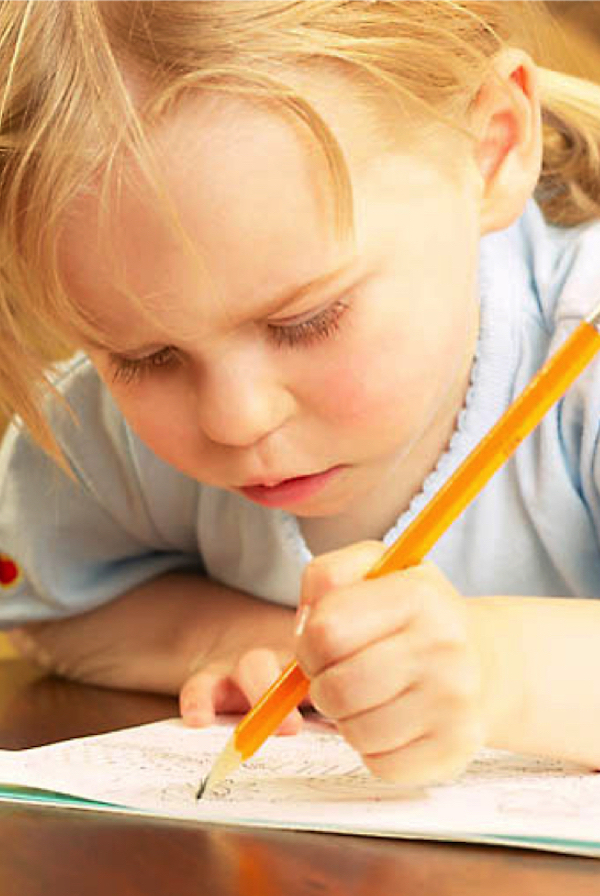The University of Minnesota's education magazine, CE+HD Connect, recently published a study in its Summer 2017 issue called “The Power of Play” that included several noteworthy - and often surprising - facts about play.

Play, by definition, has no immediate purpose, so it’s easy to call play a waste of time.
However, it’s also been called the work of children.
The following are things you likely already knew. However, the study highlighted several facts about play that may surprise you.
-
When children are engaged in pretend play, they perform cognitively like they are a year older. The 20th Russian psychologist, Lev Vygotsky, once said that when children play, they are “a head taller.”
-
Today’s children play about 8 hours less each week than children of 30 years ago.
-
Play may look like a waste of time, but when they play, children learn 7 important skills:
-
Creative and critical thinking
-
Self control
-
Confidence
-
Collaboration
-
Communication, and
-
Coordination
-
Play helps kids learn, because things have to be imagined before they can become real to us.
The researchers used 6 criteria that to define what is and what isn’t play:
-

It’s fun. If it’s not fun for you, you’re not playing!
-
We engage in play simply for the satisfaction it gives us.
-
It’s voluntary. If you are forced to do an activity, you won’t be playing.
-
The process is more important than the outcome. If the reverse is true, playfulness is lost. Parents who think that winning the soccer game is most important, for example, are taking the play out of the game.
-
You have to be mentally or physically engaged in the activity. Watching TV seldom involves play.
-
Play is non-literal, but instead it involves pretending.
It also seems to me that creating art CAN be a playful activity, IF we properly direct an art lesson.
Here are some ideas that I think would move an art lesson in the direction of play:
-
Set up the project as a puzzle to be solved, e.g., (e.g. Can we draw and color this object using our markers to create nothing but 6 kinds of lines?)
-
Set up the project as a kind of game you play with yourself. (e.g. The rules I decide to use are to limit myself to making the picture entirely out of lines, and to add onto the central object until I have a balanced picture.)
If we can approach an art lesson with a playful attitude, or if we can think of an art project as a game we set up for ourselves, we'll be more likely to avoid the pitfalls of perfectionism.
Try one of ArtAchieve's free art lessons for kids today and start playing around!
Sources:
“The Power of Play: Advancing science behind the way we learn and grow,” in E+HD Connect, Summer 2017
"The Power of Play: A Research Summary on Play and Learning,” by Rachel E. White for Minnesota Children’s Museum.
The University of Minnesota's education magazine, CE+HD Connect, recently published a study in its Summer 2017 issue called “The Power of Play” that included several noteworthy - and often surprising - facts about play.

Play, by definition, has no immediate purpose, so it’s easy to call play a waste of time.
However, it’s also been called the work of children.
The following are things you likely already knew. However, the study highlighted several facts about play that may surprise you.
-
When children are engaged in pretend play, they perform cognitively like they are a year older. The 20th Russian psychologist, Lev Vygotsky, once said that when children play, they are “a head taller.”
-
Today’s children play about 8 hours less each week than children of 30 years ago.
-
Play may look like a waste of time, but when they play, children learn 7 important skills:
-
Creative and critical thinking
-
Self control
-
Confidence
-
Collaboration
-
Communication, and
-
Coordination
-
Play helps kids learn, because things have to be imagined before they can become real to us.
The researchers used 6 criteria that to define what is and what isn’t play:
-

It’s fun. If it’s not fun for you, you’re not playing!
-
We engage in play simply for the satisfaction it gives us.
-
It’s voluntary. If you are forced to do an activity, you won’t be playing.
-
The process is more important than the outcome. If the reverse is true, playfulness is lost. Parents who think that winning the soccer game is most important, for example, are taking the play out of the game.
-
You have to be mentally or physically engaged in the activity. Watching TV seldom involves play.
-
Play is non-literal, but instead it involves pretending.
It also seems to me that creating art CAN be a playful activity, IF we properly direct an art lesson.
Here are some ideas that I think would move an art lesson in the direction of play:
-
Set up the project as a puzzle to be solved, e.g., (e.g. Can we draw and color this object using our markers to create nothing but 6 kinds of lines?)
-
Set up the project as a kind of game you play with yourself. (e.g. The rules I decide to use are to limit myself to making the picture entirely out of lines, and to add onto the central object until I have a balanced picture.)
If we can approach an art lesson with a playful attitude, or if we can think of an art project as a game we set up for ourselves, we'll be more likely to avoid the pitfalls of perfectionism.
Try one of ArtAchieve's free art lessons for kids today and start playing around!
Sources:
“The Power of Play: Advancing science behind the way we learn and grow,” in E+HD Connect, Summer 2017
"The Power of Play: A Research Summary on Play and Learning,” by Rachel E. White for Minnesota Children’s Museum.
The University of Minnesota's education magazine, CE+HD Connect, recently published a study in its Summer 2017 issue called “The Power of Play” that included several noteworthy - and often surprising - facts about play.

Play, by definition, has no immediate purpose, so it’s easy to call play a waste of time.
However, it’s also been called the work of children.
The following are things you likely already knew. However, the study highlighted several facts about play that may surprise you.
-
When children are engaged in pretend play, they perform cognitively like they are a year older. The 20th Russian psychologist, Lev Vygotsky, once said that when children play, they are “a head taller.”
-
Today’s children play about 8 hours less each week than children of 30 years ago.
-
Play may look like a waste of time, but when they play, children learn 7 important skills:
-
Creative and critical thinking
-
Self control
-
Confidence
-
Collaboration
-
Communication, and
-
Coordination
-
Play helps kids learn, because things have to be imagined before they can become real to us.
The researchers used 6 criteria that to define what is and what isn’t play:
-

It’s fun. If it’s not fun for you, you’re not playing!
-
We engage in play simply for the satisfaction it gives us.
-
It’s voluntary. If you are forced to do an activity, you won’t be playing.
-
The process is more important than the outcome. If the reverse is true, playfulness is lost. Parents who think that winning the soccer game is most important, for example, are taking the play out of the game.
-
You have to be mentally or physically engaged in the activity. Watching TV seldom involves play.
-
Play is non-literal, but instead it involves pretending.
It also seems to me that creating art CAN be a playful activity, IF we properly direct an art lesson.
Here are some ideas that I think would move an art lesson in the direction of play:
-
Set up the project as a puzzle to be solved, e.g., (e.g. Can we draw and color this object using our markers to create nothing but 6 kinds of lines?)
-
Set up the project as a kind of game you play with yourself. (e.g. The rules I decide to use are to limit myself to making the picture entirely out of lines, and to add onto the central object until I have a balanced picture.)
If we can approach an art lesson with a playful attitude, or if we can think of an art project as a game we set up for ourselves, we'll be more likely to avoid the pitfalls of perfectionism.
Try one of ArtAchieve's free art lessons for kids today and start playing around!
Sources:
“The Power of Play: Advancing science behind the way we learn and grow,” in E+HD Connect, Summer 2017
"The Power of Play: A Research Summary on Play and Learning,” by Rachel E. White for Minnesota Children’s Museum.



